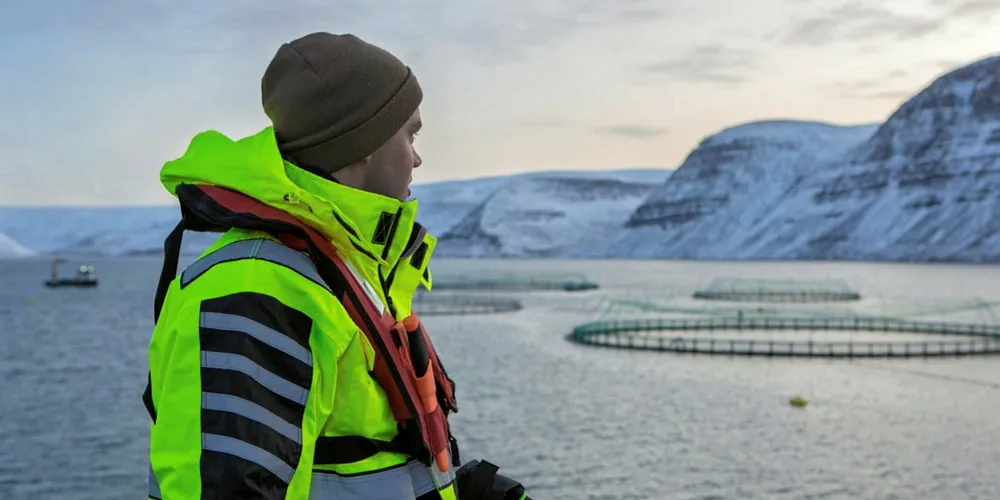Iceland's salmon farming biomass can rise 20% sustainably, researchers say
At present, licenses are issued for farming up to 30,000 metric tons of salmon in netpens.

At present, licenses are issued for farming up to 30,000 metric tons of salmon in netpens.
